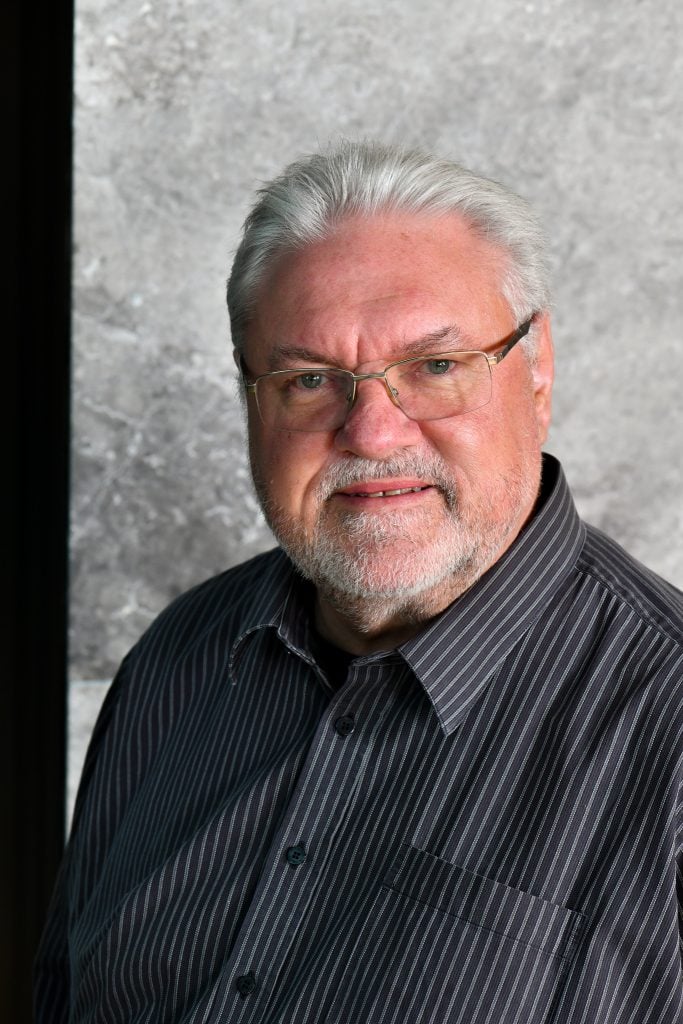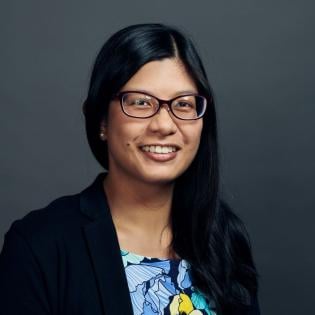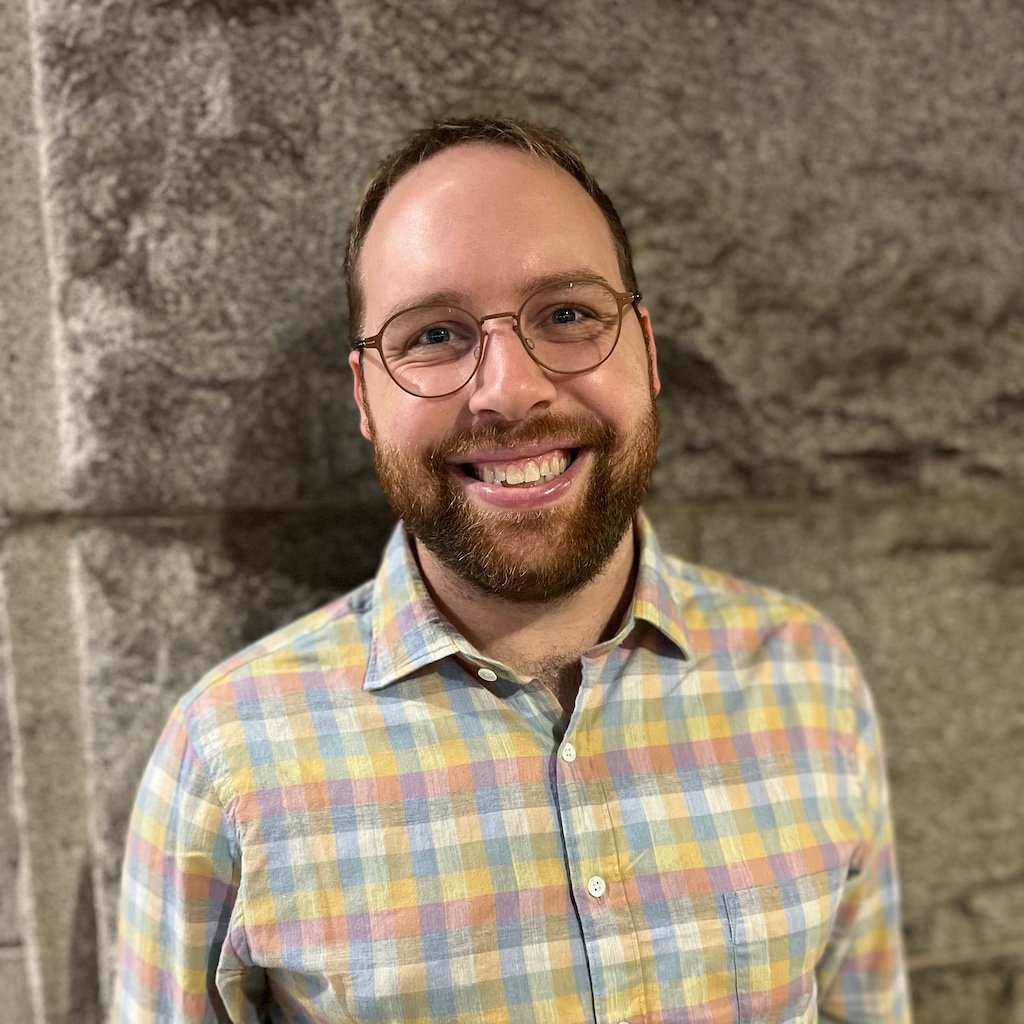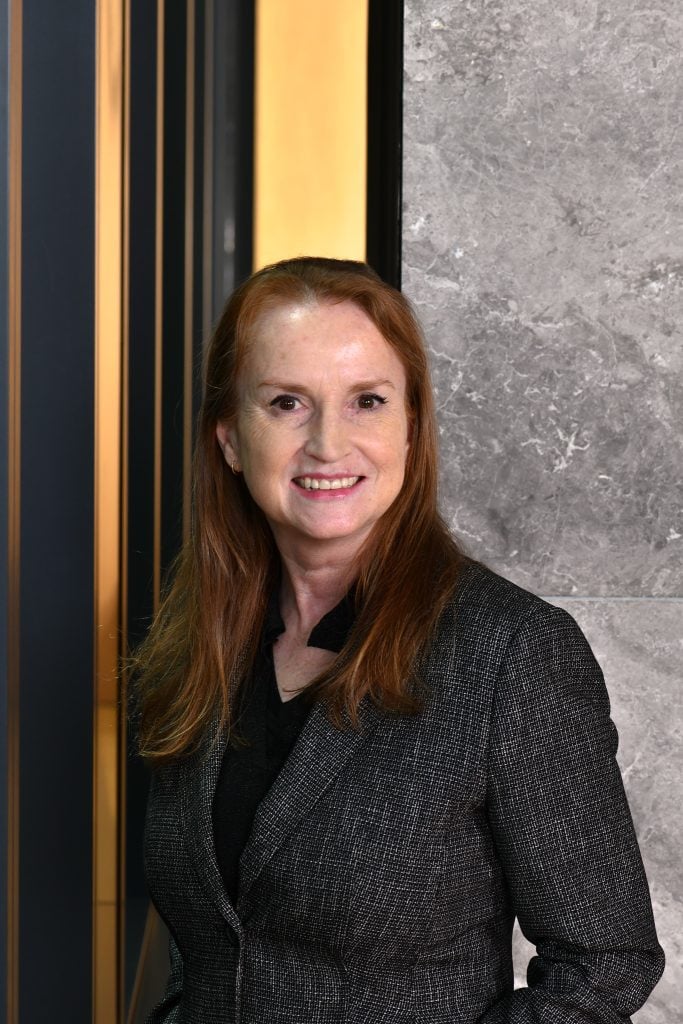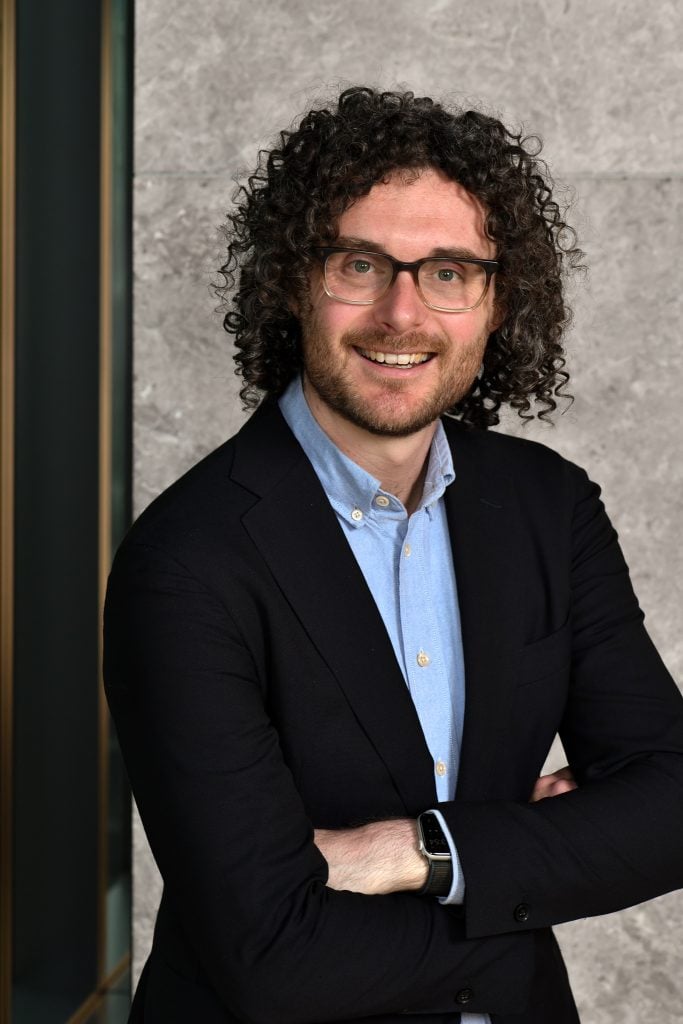Review of CRADLE Seminar Series #8: Hyper-hybrid Learning Spaces. By Darci Taylor
26 September 2022
Deakin University’s Darci Taylor, Associate Professor and Director of Learning Design at Deakin Learning Futures and CRADLE PhD Candidate, reviews CRADLE Seminar Series #8 “Hyper-hybrid Learning Spaces“ by Rikke Toft Nørgård, Associate Professor in Educational Design & Technology at The Danish School of Education, Aarhus University. Darci reflects on the thought-provoking presentation that encouraged higher education colleagues to ‘tinker like alchemists’ and imagine future possibilities of hyper-hybrid learning spaces.
Rikke’s interactive presentation began by crowd-sourcing our perceptions of what hybrid meant, before distinguishing hybrid (something uniquely new resulting from the fusion of existing forms) from hyflex (simultaneous parallel teaching) and blended learning (sequenced on-campus and online learning). Rikke went on to provide a theoretical account of hybrid, hybridization and hybridity before introducing us to her latest idea of ‘hyper-hybrid’ higher education; where multiple dimensions of hybridization are utilised to dissolve dichotomies or create fusions to create multi-layered hybrids. To create hyper-hybrid learning environments, Rikke encouraged us to be like alchemists, tinkering with dichotomies and kneading more and more hybrid ingredients together to create purposeful, ethical, hyper-hybrid spaces.
Rikke then led the audience to think more philosophically, outlining her vision for the hybrid university of the future, where a plethora of universities could co-exist in an ecosystem, differentiated by their values, but united by their openness and commitment to societal change. Rikke outlined the nine design principles underpinning hyper-hybrid learning spaces, again providing the audience an opportunity to input into the presentation through a Mentimeter activity. Rikke’s synthesis of these ideas highlighted the importance of ensuring that new hybrids were not sinister or cold-hearted, rather ‘kind-hearted’ that honoured the values and missions of universities. Rikke finished by illustrating the application of hybrid design principles in their Masters of ICT, starting with outlining the core values of Community & citizenship, Presence & intimacy; Openness & engagement; and Communication & co-creation that formed the foundation to imagine a hyper-hybrid learning space for this course. The presentation finished with concrete examples of ‘hybrid ingredients’, technologies and pedagogical principles used in the course.
Rikke’s presentation invited messiness, openness to complexity, imagination and humanity as we imagine future hyper-hybrid learning spaces at our institutions.
If you missed the seminar you can view it on our YouTube channel.
 You may also be interested in joining us as part of our annual CRADLE International Research Symposium where we will tackle the controversial and big issues surrounding “Challenging Cheating”, a topic that may raise more questions than answers!
You may also be interested in joining us as part of our annual CRADLE International Research Symposium where we will tackle the controversial and big issues surrounding “Challenging Cheating”, a topic that may raise more questions than answers!
- Keynote Presentation Wed 12 October at 10am: Dr Sarah Eaton, University of Calgary “Academic Integrity as a Transdisciplinary Field of Research, Policy, and Practice”.
- Interactive Panel Session Tue 18 October at 3pm: Professor Bruce MacFarlane, The Education University of Hong Kong, Professor Jeannie Paterson, University of Melbourne, Dr Vicky Nagy, University of Tasmania, and CRADLE’s Professor Phill Dawson.
Further reading and resources on hyper-hybrid learning:
- Nørgård, R. T., Köppe, C., & Pedersen, A. Y. (2017). Towards a pattern language for hybrid education. In Proceedings of the VikingPLoP 2017 Conference on Pattern Languages of Program (VikingPLoP ’17) (pp. 1-17). [11] Association for Computing Machinery. https://doi.org/10.1145/3158491.3158504
- Pedersen, A. Y., Nørgård, R. T., & Köppe, C. (2018). Patterns of inclusion: fostering digital citizenship through hybrid education. Educational Technology & Society, 21(1), 225–236.
- Hilli, C., Nørgård, R. T., & Aaen, J. H. (2019). Designing Hybrid Learning Spaces in Higher Education. Dansk Universitetspædagogisk Tidsskrift, 15(27), 66-82. https://dun-net.dk/media/944279/dut27_hilli_et_al_designing_hybrid_learning.pdf
- Cohen, A., Nørgård, R. T., & Mor, Y. (2020). Hybrid learning spaces: Design, data, didactics. British Journal of Educational Technology, 51(4), 1039-1044. https://doi.org/10.1111/bjet.12964
- Nørgård, R. T. (2021). Theorising hybrid lifelong learning. British Journal of Educational Technology, 52(4), 1709-1723. https://doi.org/10.1111/bjet.13121
- Nørgård, R. T., & Hilli, C. (2022). Hyper-hybrid learning spaces in higher education. In E. Gil, Y. Mor, Y. Dimitriadis, & C. Köppe (Eds.), Hybrid Learning Spaces (pp. 25-41). Springer. Understanding Teaching-Learning Practice Vol. 1 No. 1. https://doi.org/10.1007/978-3-030-88520-5
